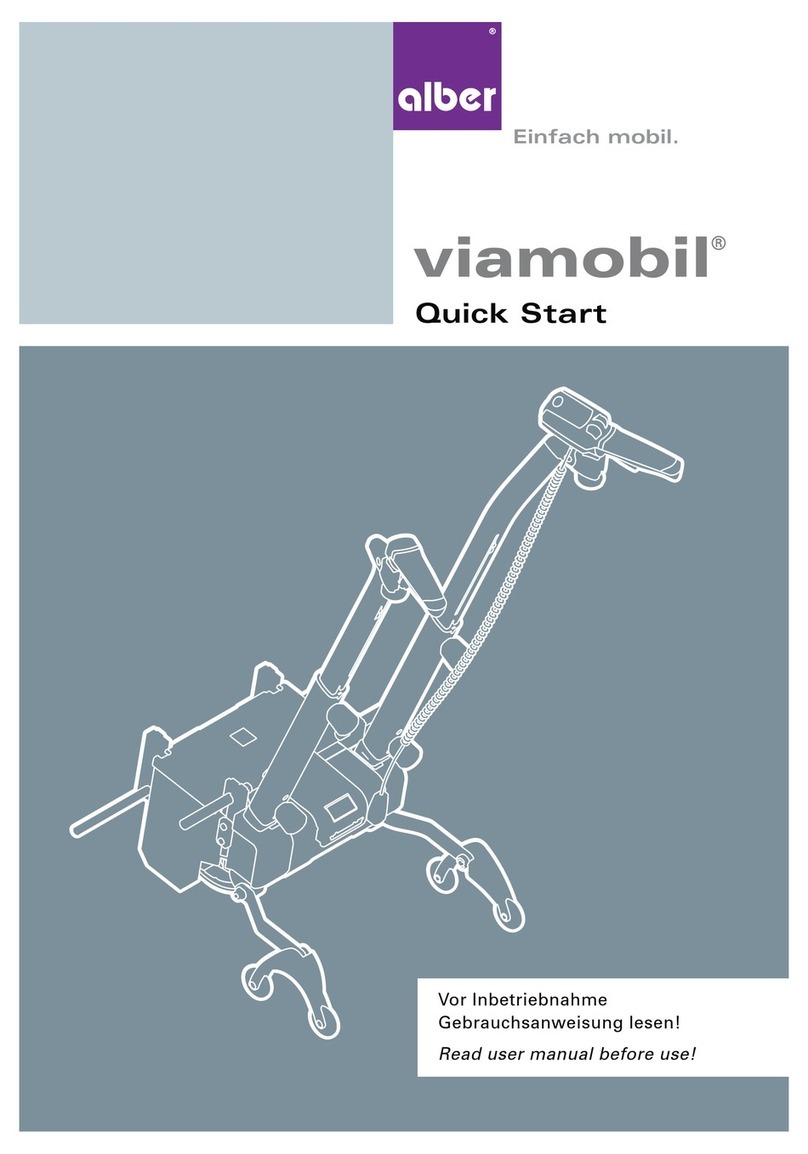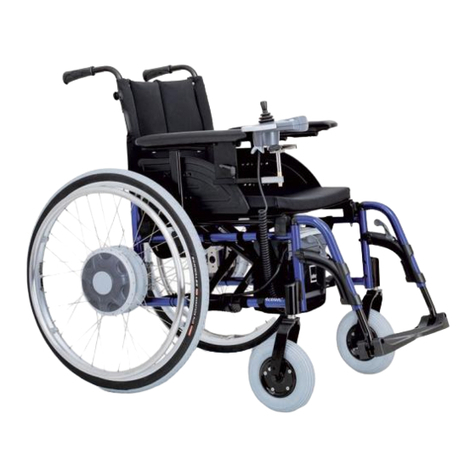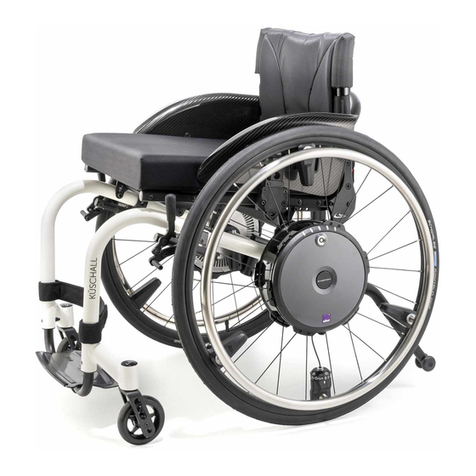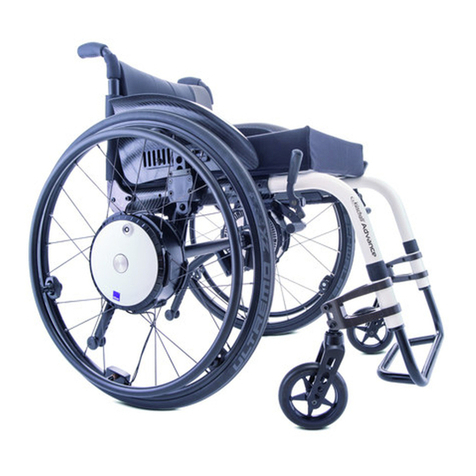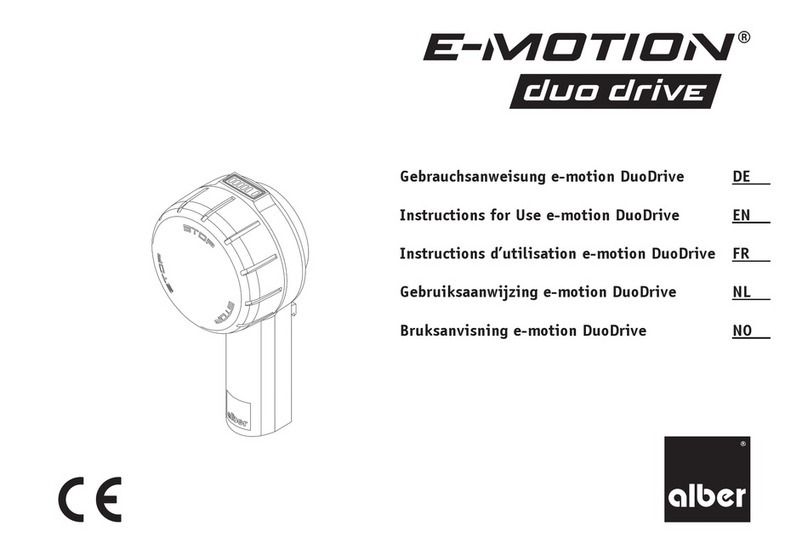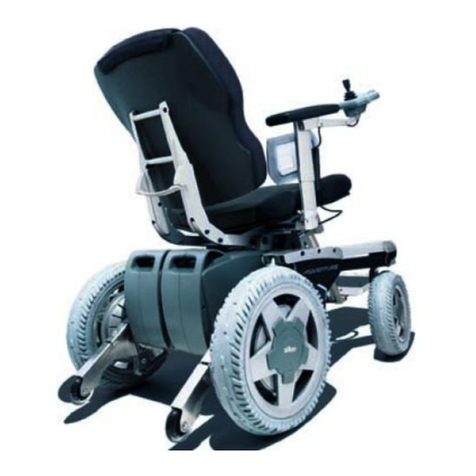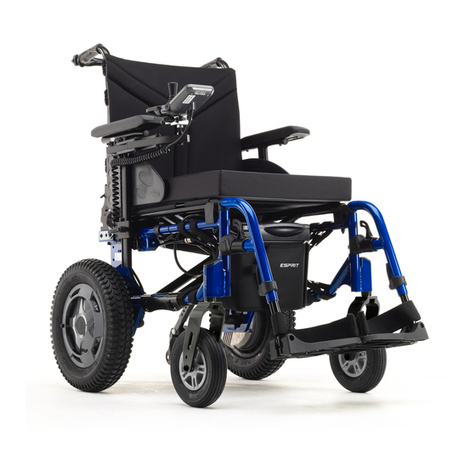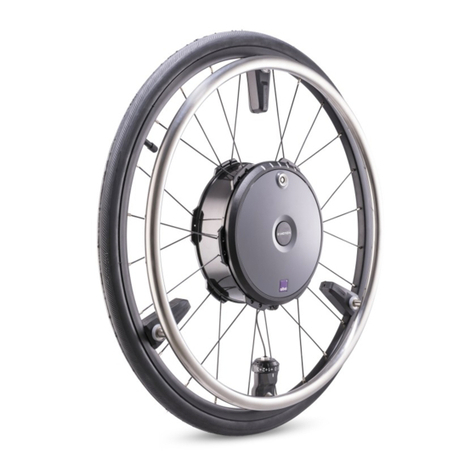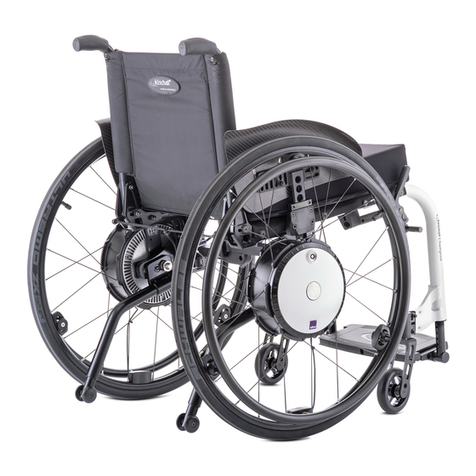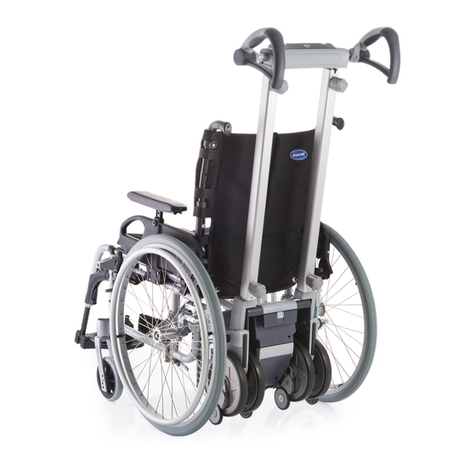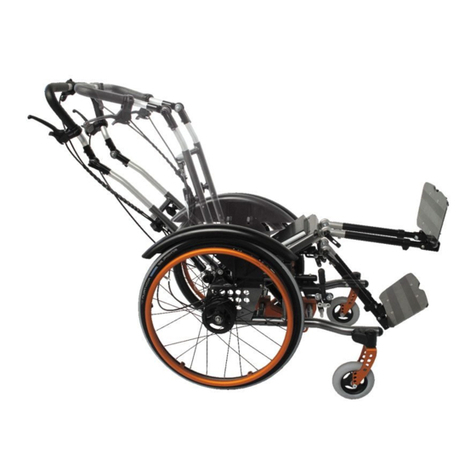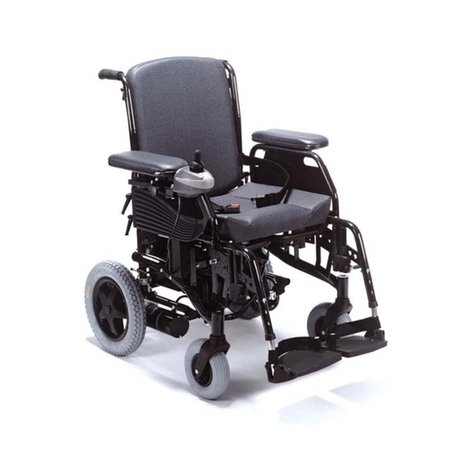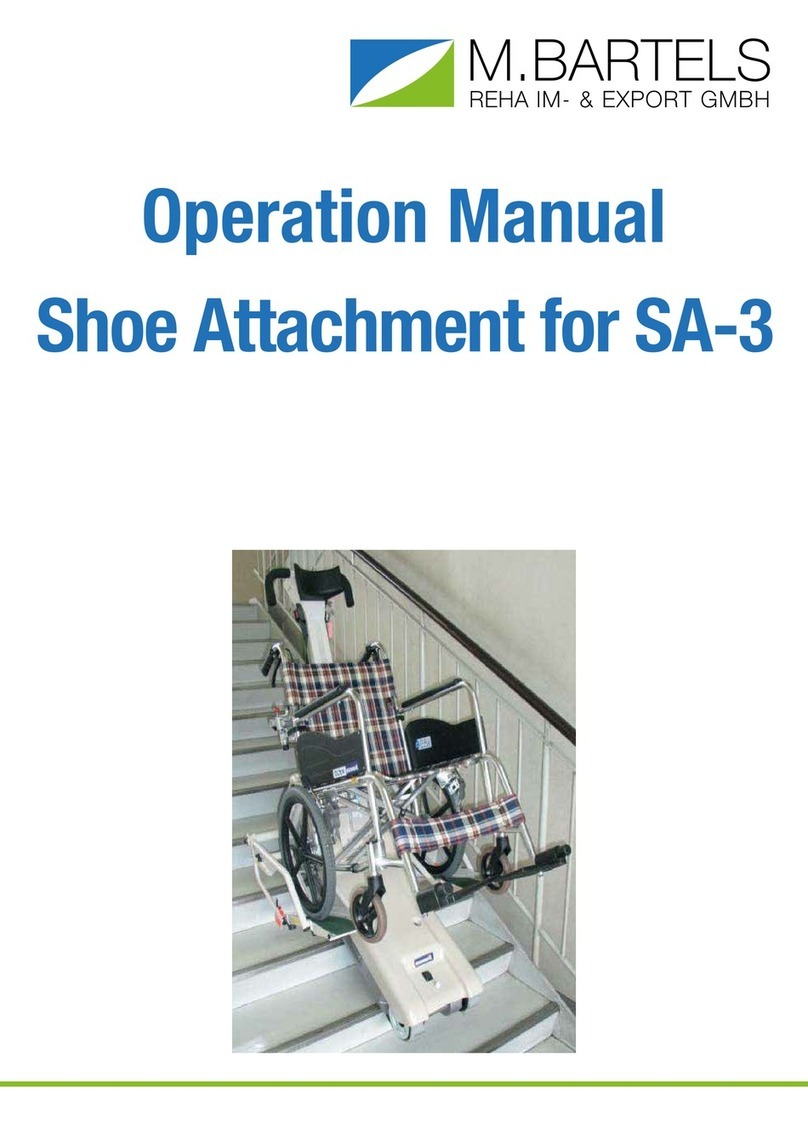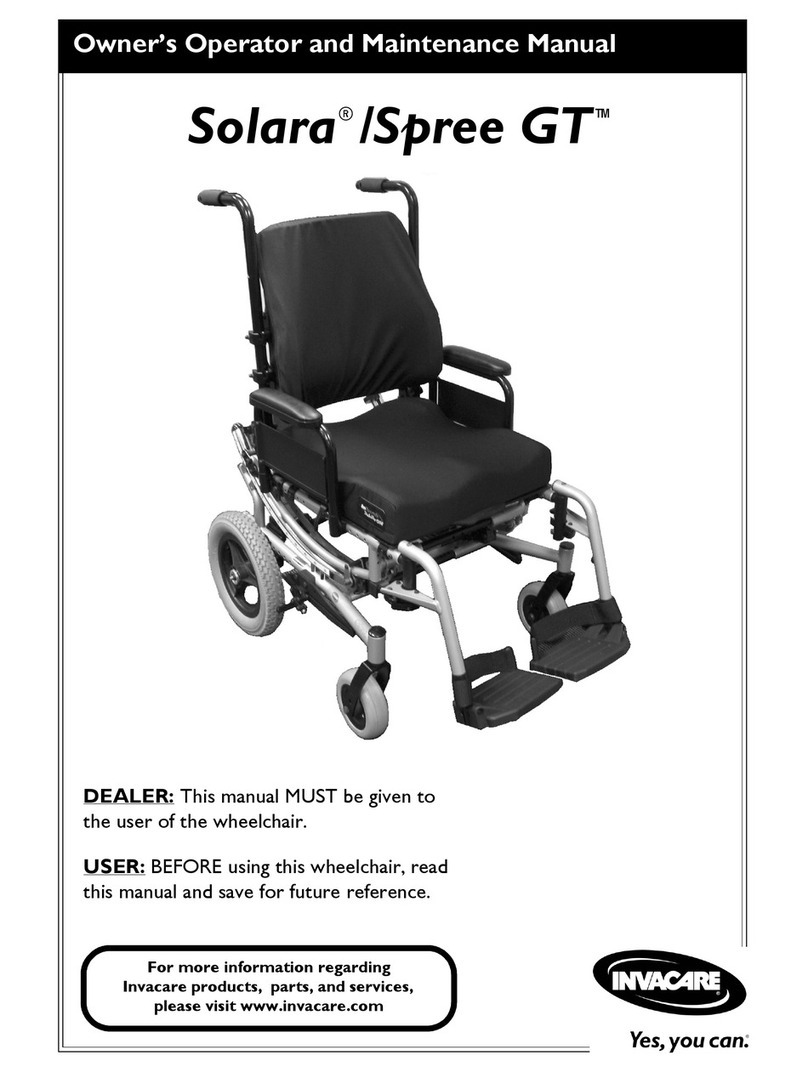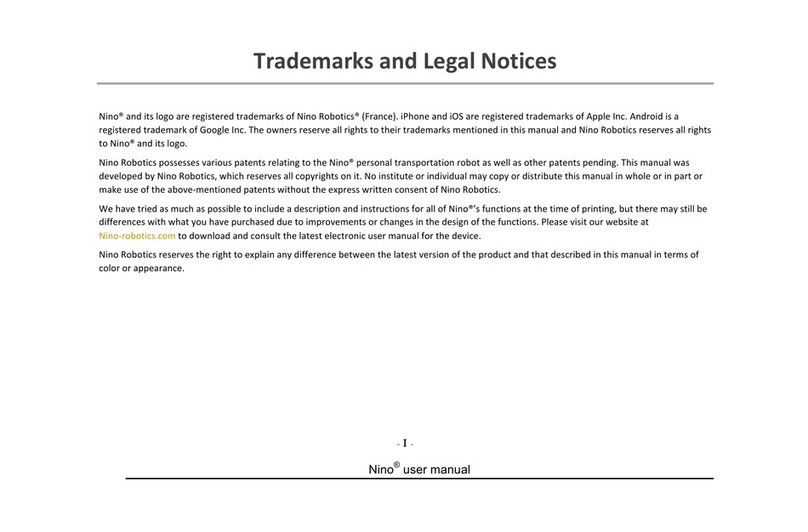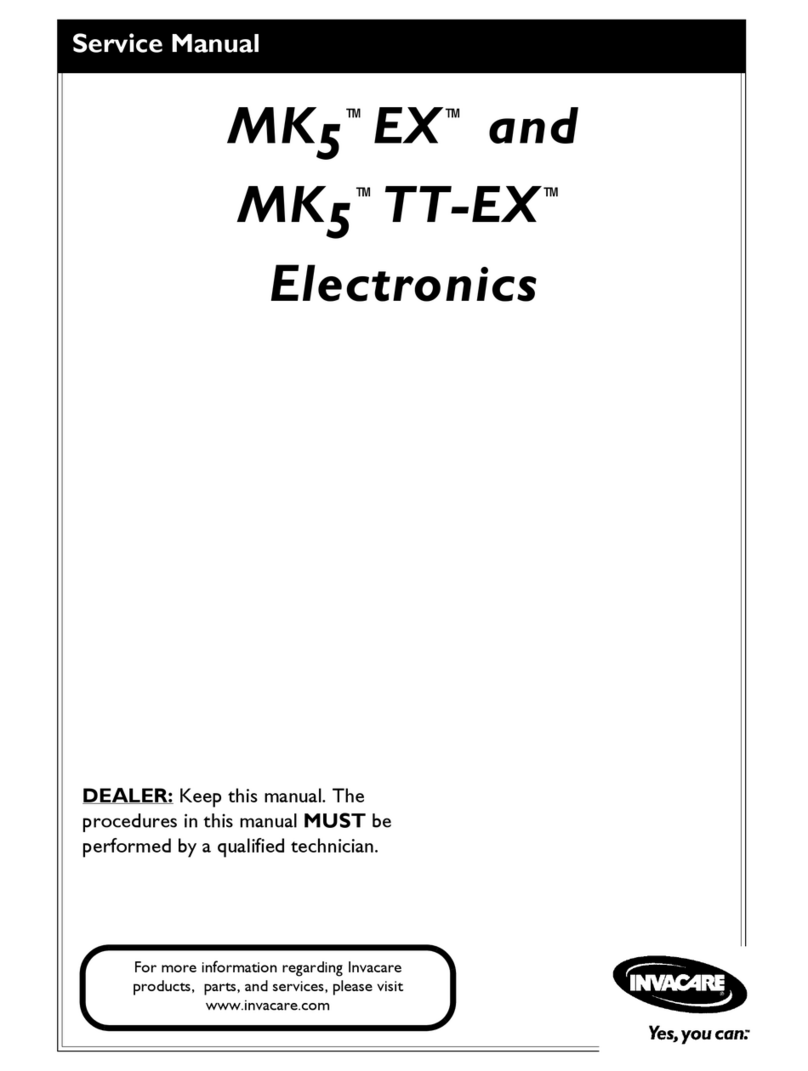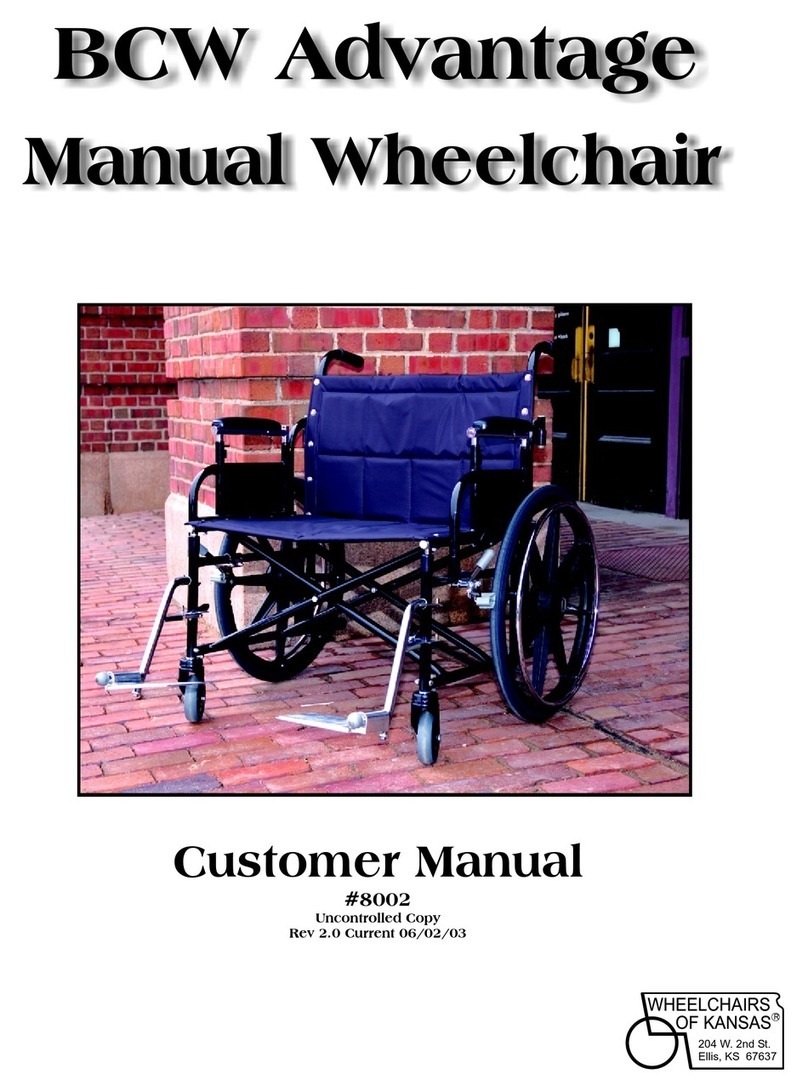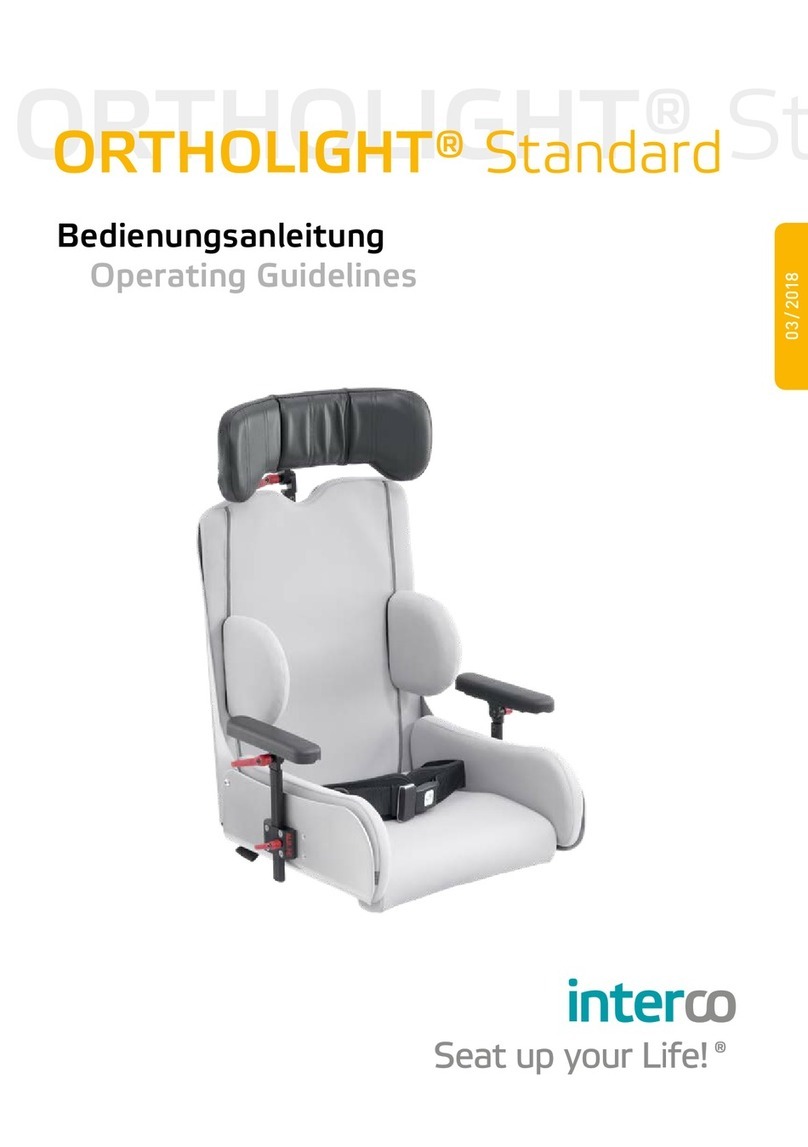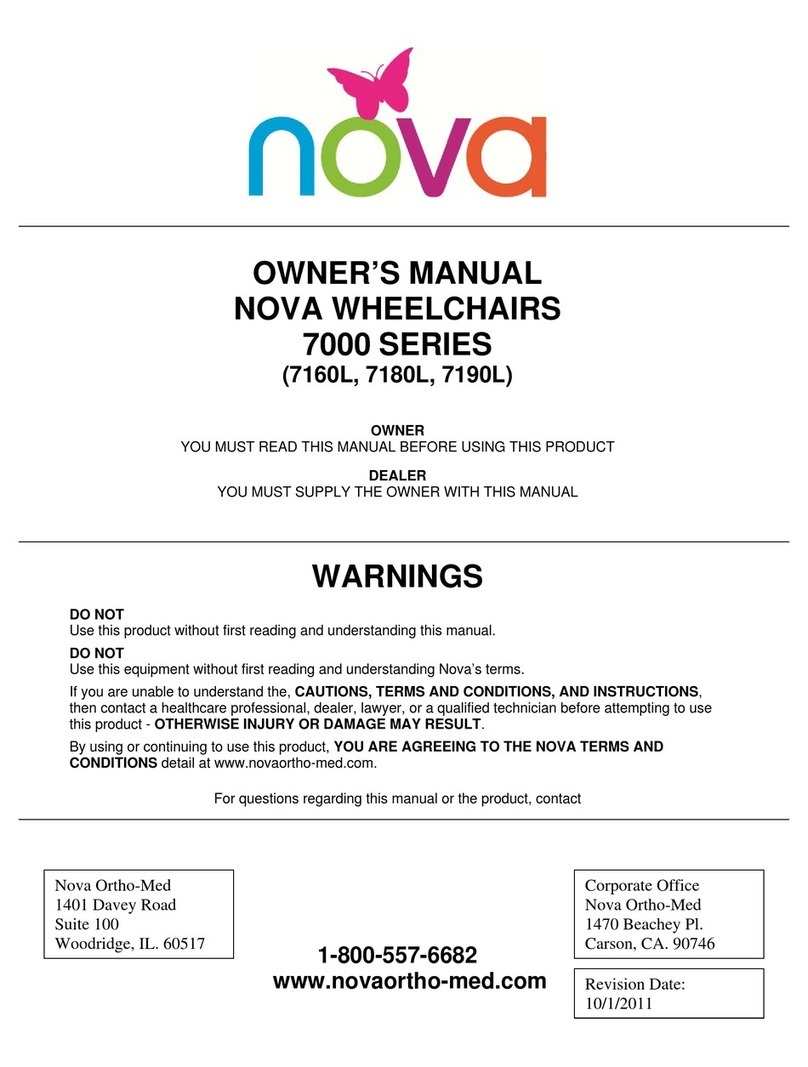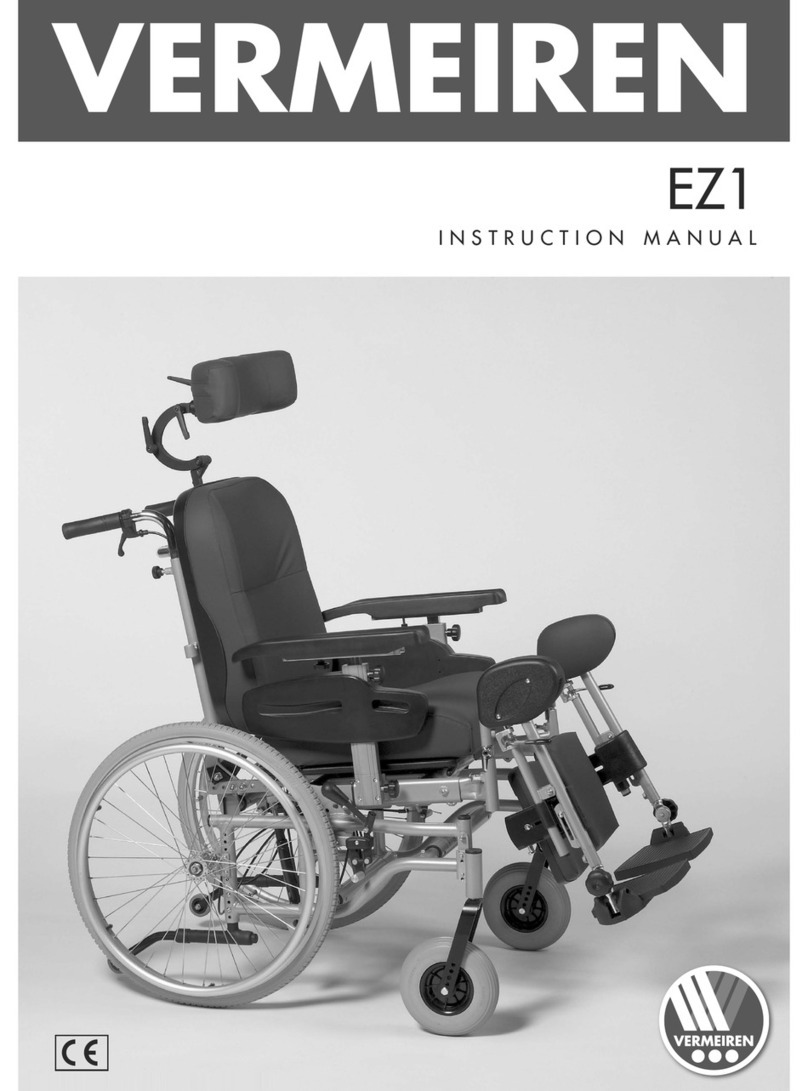
1. Introduction
1.1 Important safety instructions – please observe carefully at all times
viaplus is a push and braking aid to be used exclusively by the person accompanying the wheelchair user. The viaplus must under no
circumstances be used as an electric drive system by the wheelchair user alone.
For safety reasons, the viaplus must only be operated by persons who
have been instructed in its handling and operation
are physically and mentally in a position to operate the device properly and according to the given operating conditions
and situations.
Instruction in the handling and operation of the device is included in the scope of delivery. Please contact your specialist dealer
or Alber representative to arrange for a training session. The instruction is free of charge.
If you feel a little unsure how to handle the viaplus, please contact your specialist dealer or Alber representative for advice.
For the operation of the viaplus, observe the specifications of the wheelchair manufacturer (e.g. maximum slope, air pressure of
tyres, etc.), and strictly adhere to the operating instructions of the wheelchair. Never exceed any of the specified limit values.
Before using a mobile phone or similar device, always secure the wheelchair on level ground and switch off the viaplus.
Avoid strong electromagnetic fields (for example near large electric motors), as they might interfere with the viaplus.
When in operation, the viaplus might under certain circumstances interfere with other electrical equipment such as anti-shoplifting
barriers in department stores.
Therefore do not start the viaplus before you have been properly instructed in its operation by an
authorised specialist dealer or Alber representative!
1.2 Purpose and intended use of viaplus
The viaplus is an add-on drive attached to a manually operated wheelchair to assist the attendant of a wheelchair user in pushing
the wheelchair. It thus enables people to take long drives without tiring as the effort for pushing and braking is greatly reduced.
The electric motor of the viaplus makes it easy to push the wheelchair up a slope. When travelling down a slope, the viaplus
reduces the speed to the set level, which makes operation of the wheelchair safer even on steep slopes.
Before using the viaplus, carefully read all safety instructions and hazard information in chapter 7.
1.3 Permissible operating conditions/locations of operation
Observe the permissible operating conditions of the wheelchair to which the viaplus is attached (see wheelchair manual).
Any limits regarding the operation of the wheelchair (e.g. maximum climbing capability, maximum permissible height of
obstacles, max. load, etc.) must be strictly adhered to.
Avoid using the wheelchair on soft ground (e.g. loose chipping, sand, mud, snow, ice or deep puddles).
Always observe the safety and hazard information in chapter 7.
1.4 Standard scope of delivery
Drive unit
Control unit
Battery charger
Battery pack
Operating instructions
Warranty information
•
•
•
•
•
•
•
•
•
•
•
GA-V12_GB.indd 2 26.05.2010 13:04:00
